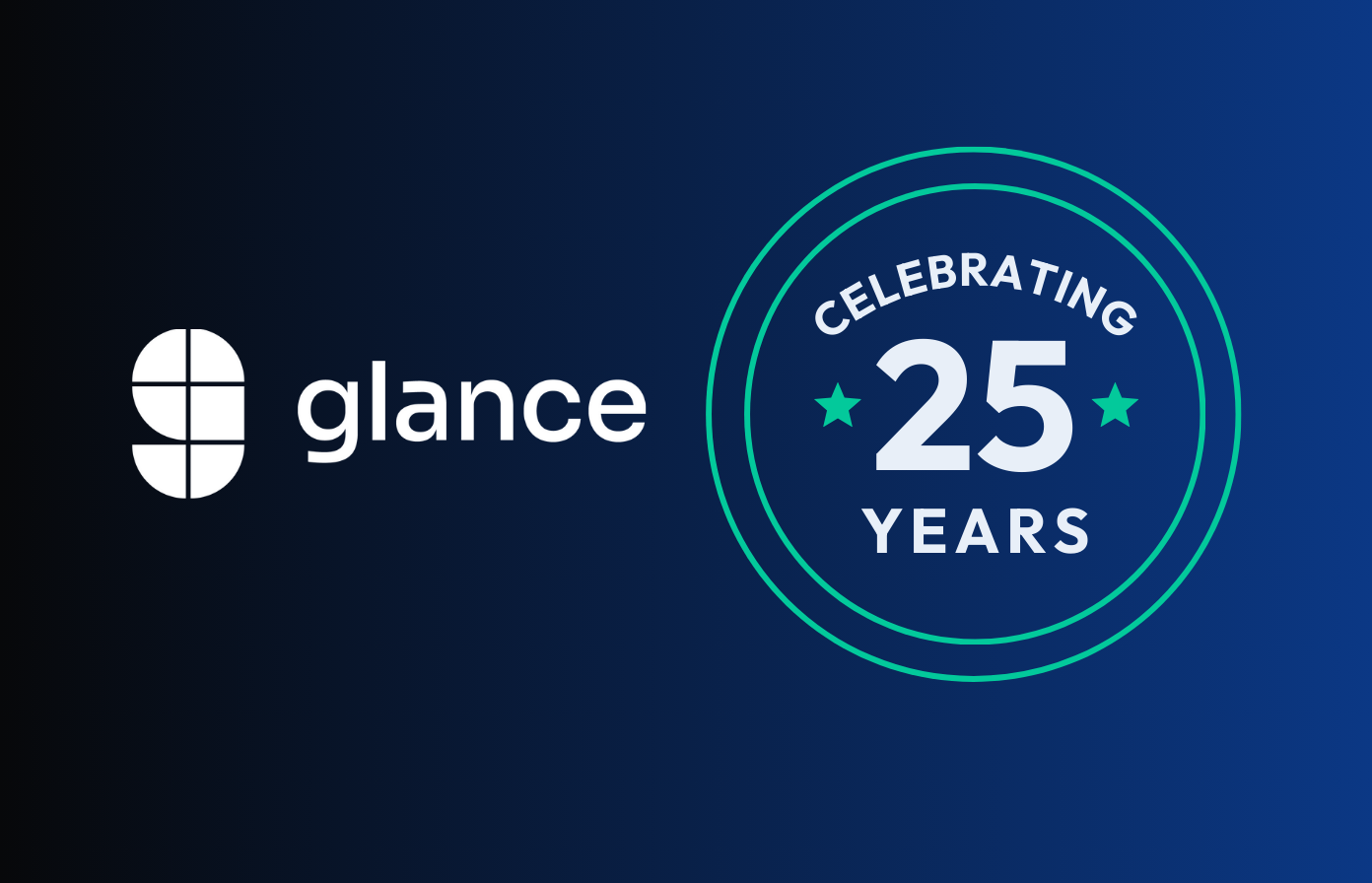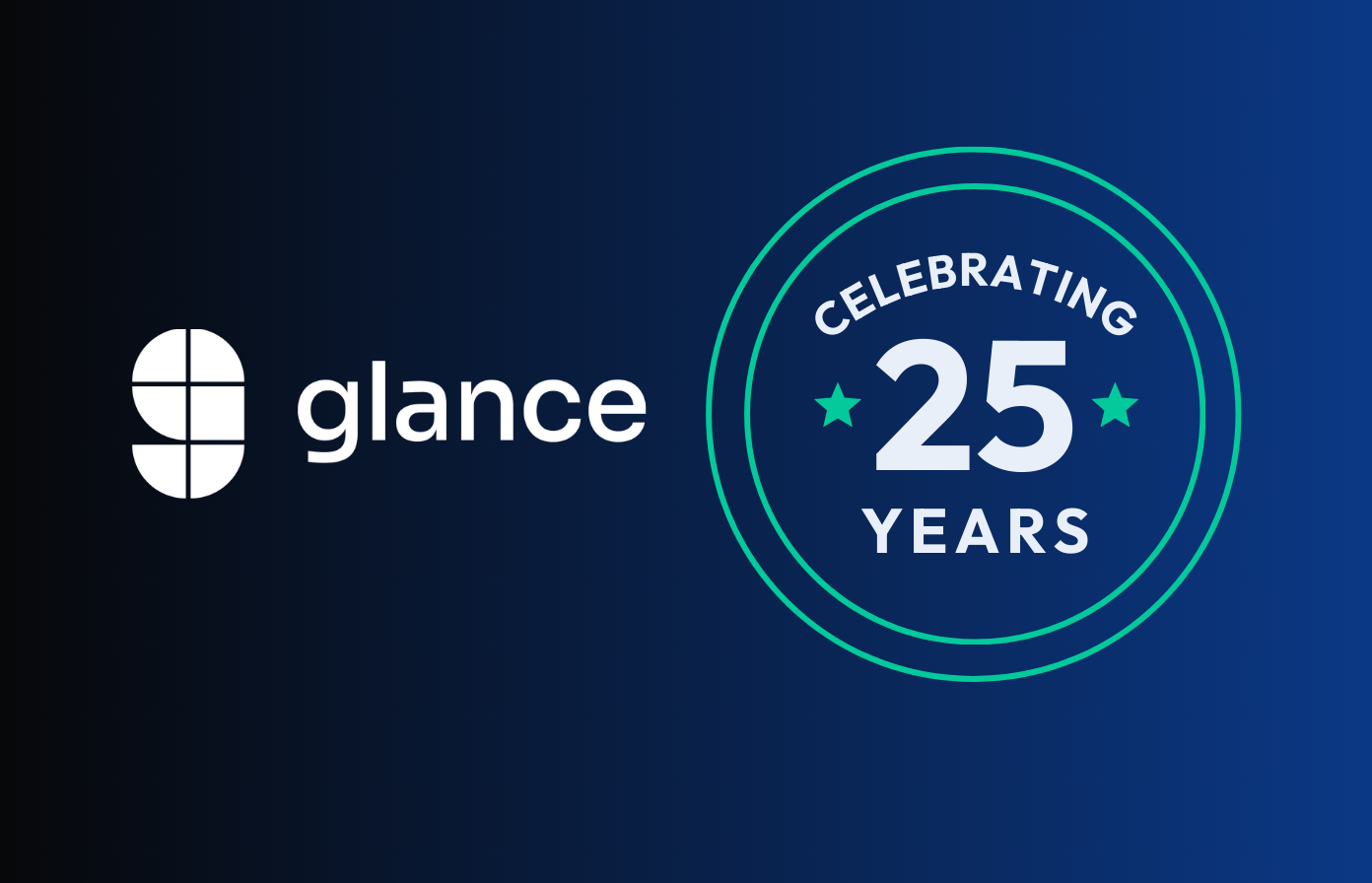Why NPS isn’t everything, and what really matters
Understanding Net Promoter Score (NPS)
The Net Promoter Score (NPS) is a widely embraced metric for gauging customer satisfaction and loyalty. It revolves around a single, straightforward question: “On a scale of 0-10, how likely are you to recommend our company/product/service to a friend or colleague?” This question is designed to capture the essence of customer sentiment in a simple yet powerful way.
To calculate the NPS score, you subtract the percentage of detractors (customers who rate you 0-6) from the percentage of promoters (those who rate you 9-10). Passives, who give a score of 7-8, are not factored into the calculation. This method provides a clear picture of your customer base’s overall satisfaction and loyalty.
NPS feedback is crucial for understanding customer sentiment and loyalty. It can be utilized to gauge customer sentiment and loyalty, highlighting its role in enhancing customer success through data analysis. This promoter score can be tracked over time to monitor changes in customer satisfaction and loyalty. Additionally, it allows for comparisons across different products, services, or companies, making it a versatile tool for benchmarking. By identifying areas for improvement and prioritizing customer feedback, businesses can use NPS to drive meaningful enhancements in their customer experience.
What is Net Promoter Score (NPS)?
The Net Promoter Score (NPS) is a widely used metric that measures customer satisfaction and loyalty. It is a simple, yet effective way to gauge the likelihood of customers recommending a product or service to others. NPS revolves around a single, straightforward question: “On a scale of 0-10, how likely are you to recommend our company/product/service to a friend or colleague?” This question is designed to capture the essence of customer sentiment in a simple yet powerful way. By distilling complex customer feedback into an easy-to-understand number, the promoter score provides a clear picture of your customer base’s overall satisfaction and loyalty.
How does NPS work?
NPS works by calculating the difference between the percentage of Promoters and Detractors. Promoters are customers who respond with a score of 9 or 10, indicating a high level of satisfaction and loyalty. Detractors, on the other hand, respond with a score of 0-6, indicating a low level of satisfaction and a high likelihood of churn. Passives, who respond with a score of 7 or 8, are neutral and do not significantly impact the overall NPS score. By subtracting the percentage of Detractors from the percentage of Promoters, businesses can get a clear picture of their customer satisfaction and loyalty. This NPS score serves as a valuable indicator of how well a company is meeting its customers’ needs and expectations.
Customer Categories: Promoters, Passives, and Detractors
Understanding the different customer categories is crucial for effective NPS analysis. Promoters are loyal customers who are likely to recommend a product or service to others. They are the most valuable customers, as they drive growth and revenue through positive word-of-mouth. Passives are neutral customers who are neither extremely satisfied nor dissatisfied. They may be at risk of churn, but can be converted into Promoters with targeted efforts. Detractors, on the other hand, are unhappy customers who are likely to churn and spread negative word-of-mouth. By identifying and addressing the concerns of these unhappy customers, businesses can improve customer satisfaction and retention, ultimately enhancing their overall NPS scores.
Why Net Promoter Score isn't everything, and what really matters
Net Promoter Score (NPS) is an essential customer experience metric based on one simple question: On a scale of 0-10, how likely are you to recommend our company?
NPS is often seen as the “gold standard” in CX metrics. Two-thirds of the Fortune 1000 use this measurement of customer sentiment, and it’s a number many business leaders fixate on. An executive at IBM went so far as to say that it’s not just a metric and that “one could use the word ‘religion,’” she stated.
CX is the sum of all of a customer’s experiences with a brand. That’s difficult to measure, and especially difficult to distill down to one simple number. Part of the appeal of NPS is that it’s simple. And while it’s an important metric that can be extremely valuable to monitor over time, it doesn’t tell the whole CX story.
Understanding NPS can also help identify potential customer churn by analyzing the behaviors of Promoters, Passives, and Detractors.
Keep reading to learn why NPS matters, how reliable this CX metric is, and what actually matters most for improving CX.
Why NPS matters
NPS is used by all types of businesses to measure customer satisfaction. This simple metric categorizes your customers based on how likely they are to recommend your business. You can learn more about how NPS is captured and calculated in this post.
NPS is valuable because it provides a snapshot of your customers’ intentions and loyalty to your company. By understanding customer feedback and identifying the root causes of customer sentiment, businesses can enhance customer loyalty and achieve long-term success. A customer could make repeat purchases because of convenience or lack of options, and not because they’re necessarily satisfied and loyal to your company. However, if they’re likely to recommend your business to a friend, they’re putting their reputation on the line — which says a lot about their feelings toward your brand.
Read: A 5-step action plan to lift your customer satisfaction
Collecting NPS Data
Collecting NPS data is a crucial step in understanding your customers’ experiences and sentiments. Analyzing NPS responses is equally important to gain actionable insights from the feedback. This process typically involves sending out a survey that includes the NPS question, along with follow-up questions to gather more detailed feedback.
There are several effective methods for collecting NPS data:
-
Email surveys: Send a survey to customers via email, inviting them to share their feedback.
-
In-app surveys: Collect feedback from customers while they are actively using your product or service.
-
Social media surveys: Engage with customers on social media platforms to gather their insights.
-
Phone surveys: Reach out to customers via phone to collect their feedback directly.
It’s essential to ensure that your survey is well-designed and easy to complete. A clear and concise survey will encourage more customers to participate, providing you with a more accurate and reliable set of NPS data. Additionally, make sure to send the survey to a representative sample of your customer base to ensure the results reflect the broader customer experience.
Creating an NPS Survey and Follow-up Question
Creating an effective NPS survey requires careful consideration of the question and follow-up questions. The NPS question should be simple and straightforward, asking customers to rate their likelihood of recommending a product or service. Follow-up questions should be designed to gather more information about the customer’s experience, such as what they liked or disliked about the product or service. This information can be used to identify areas for improvement and make data-driven decisions. A well-crafted NPS survey not only captures the promoter score but also provides actionable insights that can drive meaningful enhancements in customer satisfaction and loyalty.
Triggering NPS Surveys at Different Customer Journey Stages
Triggering NPS surveys at different customer journey stages can provide valuable insights into customer satisfaction and loyalty. For example, sending an NPS survey after a customer has made a purchase can help identify areas for improvement in the sales process. Sending a survey after a customer has interacted with customer support can help identify areas for improvement in the support process. By triggering surveys at different stages, businesses can get a more complete picture of the customer experience and identify opportunities for growth and improvement. This approach ensures that NPS survey results reflect the entire customer journey, providing a comprehensive understanding of customer satisfaction and loyalty.
Is NPS reliable?
When NPS was first introduced in 2003 by Fred Reichhold, he advised managers that NPS was “the one number you need to grow” to increase sales.
Is that true?
The evidence is unclear. Several studies have shown a positive relationship between NPS and customers’ intentions and behavior, so clearly NPS is valuable. However, research on the impact of NPS on sales growth is limited and has mixed results.
Read: Why you might be wasting your CX metrics (and what to do instead)
NPS analysis involves evaluating customer sentiment and loyalty through the Net Promoter Score, providing actionable insights for improving customer satisfaction and business growth.
Critics of NPS point out methodological issues in the calculation of the NPS metric and its inability to account for cultural variance. There are also a lot of variables to consider: When are you asking customers the question? Are you asking only current customers, or are you also including all prospective customers too? Research suggests that including not only current customers, but also prospects, can provide a more accurate predictor of future sales growth because it captures the entire customer journey.
NPS is valuable, there’s no question about that. But there are a lot of factors that can influence its reliability, and it may not be the most reliable metric to predict future sales growth as previously thought.
Download the infographic: The Value of CX Metrics
Analyzing NPS Data
Once you’ve collected your NPS survey responses, the next step is to analyze the data to gain insights into customer satisfaction and loyalty. Here’s how to approach NPS data analysis:
-
Calculating the NPS score: Start by calculating your NPS score. Subtract the percentage of detractors from the percentage of promoters to get your overall score.
-
Identifying trends: Look for trends in your NPS data. Are there changes in customer satisfaction over time? Are there differences in satisfaction across various products or services?
-
Analyzing open-ended feedback: Dive into the open-ended feedback provided by customers. This qualitative data can reveal valuable insights into their concerns and suggestions.
-
Identifying areas for improvement: Use the feedback to pinpoint specific areas where you can make improvements. This could involve addressing common pain points or enhancing certain aspects of your product or service.
-
Prioritizing customer feedback: Prioritize the feedback based on the NPS score and the volume of responses. Focus on the issues that have the most significant impact on customer satisfaction.
To facilitate this analysis, you can use various tools and techniques:
-
Spreadsheets: Utilize spreadsheets to calculate your NPS score and organize your data.
-
NPS software: Leverage specialized NPS software to streamline the collection and analysis of NPS data.
-
Text analytics: Employ text analytics tools to analyze open-ended feedback and identify recurring themes and patterns.
By thoroughly analyzing your NPS survey data, you can gain a deeper understanding of your customers’ experiences and make data-driven decisions to enhance customer satisfaction and loyalty.
When NPS isn't enough
NPS is a simple metric you can use to track progress. It distills the abstract “customer satisfaction” into an easy-to-digest number. But we know that the customer experience — and life in general — is more nuanced than that.
There are benefits to CX that can’t be measured. NPS tells the what but fails to explain the why. A number can’t tell you why customers feel the way that they do, or what changes you should make to lift your customer satisfaction. To retain and attract customers, you need to understand what they value — and no single metric can tell you that.
Identifying and addressing the concerns of unhappy customers, or detractors, is crucial for improving customer satisfaction and retention.
Consider your relationship with a close friend or family member. You’ve had a lot of shared life experiences — good and bad. You’ve both evolved over time and your relationship has likely been stronger in some areas and weaker in others at various points … because you’re both humans and having a very human experience. Could you sum up that relationship in one number? Would one number accurately reflect your whole relationship journey? No. It’s complex and nuanced.
Your customers’ relationship with your brand is also nuanced. So while measurements like NPS and CSAT are important to measure, it’s also important to remember that customers are humans, and humans are complex. We all want to improve customer satisfaction and see that NPS score go up. But let’s not get so obsessed with the number that we forget what actually makes an impact on the business more than anything else: human connection.
Researchers, analysts, and CX professionals can debate the reliability and validity of NPS until the cows come home, but there’s a truth that’s undeniable: authentic, human connection is valuable. Investing in that connection can only help your business thrive.
Personal connection powers real results (and higher NPS scores, too)
Glance's Guided CX technology delivers engaging, human-to-human guidance when your customers need it most. Our visual engagement tools empower service agents to solve issues faster, for sky-high customer satisfaction that creates new upselling opportunities. Oh, and it's raised NPS levels for clients across multiple industries.
Want to explore the many ways Glance can transform your customer experience? Request a live demo to learn more.



